Consider one of the greatest pieces of sculpture, Michelangelo’s Pieta:
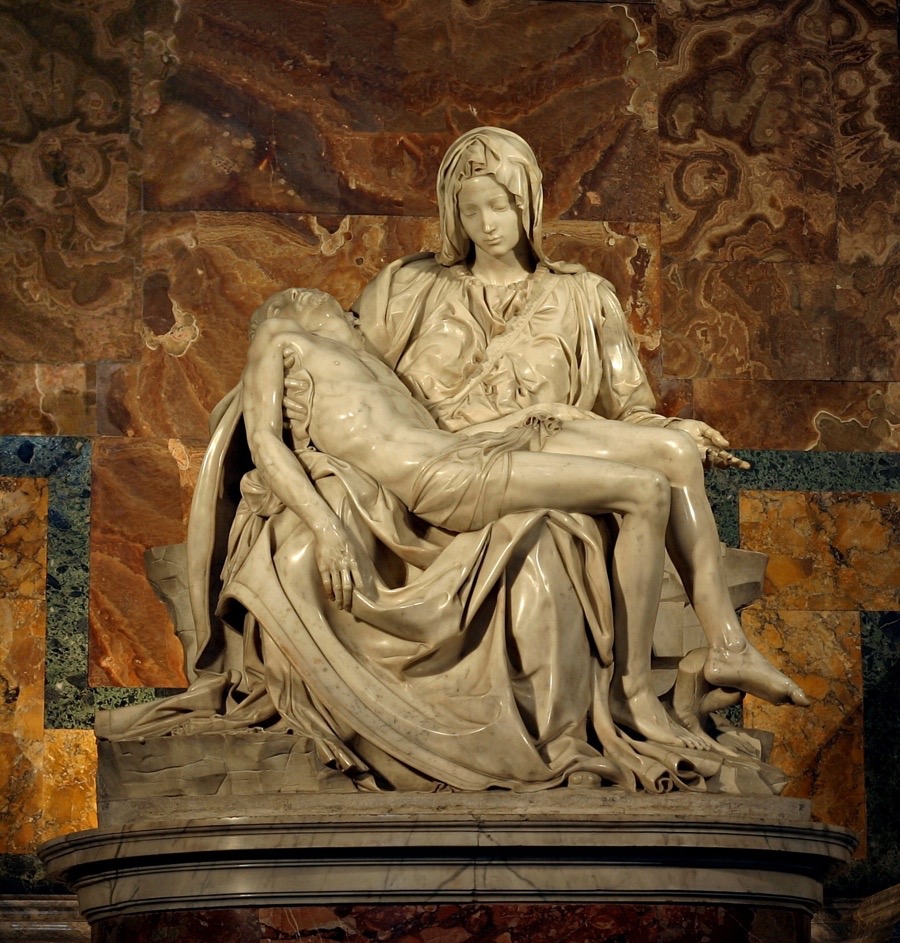
There’s a story here: about Christ being crucified, about them taking his body down from the cross and delivering it into the arms of his mother, who holds him with exquisite sadness. The core message of this art is in the intense sadness she feels, but that sadness only makes sense in light of the story.
Here’s another classic work, the statue of David in Florence:
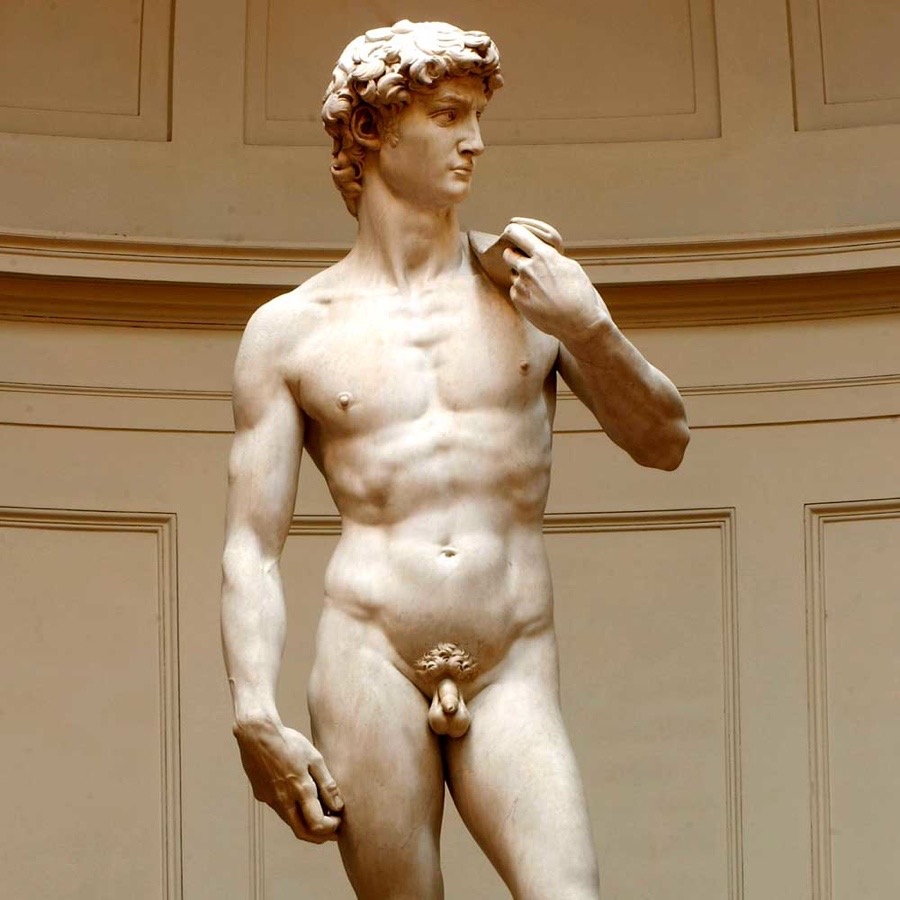
As you approach the statue, the impression you get is of the glorification of the male body as perceived by classical culture. There he stands, straight and noble and ready to challenge Goliath. But as you walk around him, the perspective changes and his face communicates something entirely different:
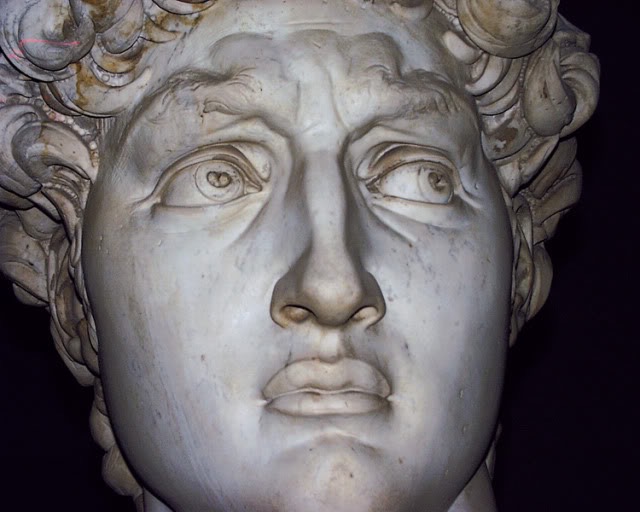
David, the handsome symbol of youthful virility, strides out onto the battlefield, sees Goliath for the first time, and is suddenly struck with fear. He now realizes the terrible danger that he is facing. But we know the rest of the story. This little fragment — this sub story — is still a story in its own right. And it’s a powerful story.
Or how about Giampietrino’s copy of Da Vinci’s Last Supper (I’m using it because it’s clearer than Da Vinci's):
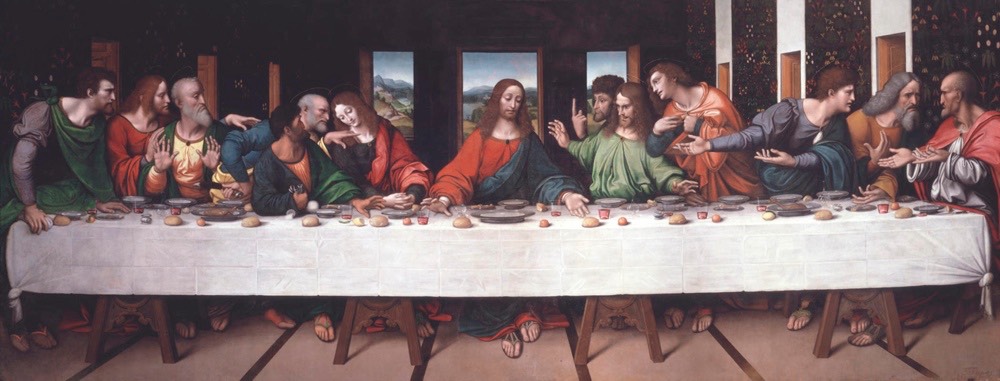
This one picture has a dozen stories in it, all in the reactions of the apostles. They are amazed, confused, and debating the revolutionary significance of Jesus’ statements.
Here are two more modern works of art:
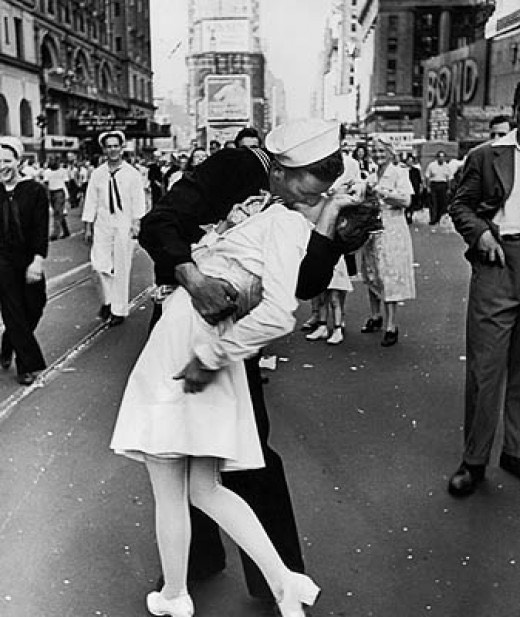
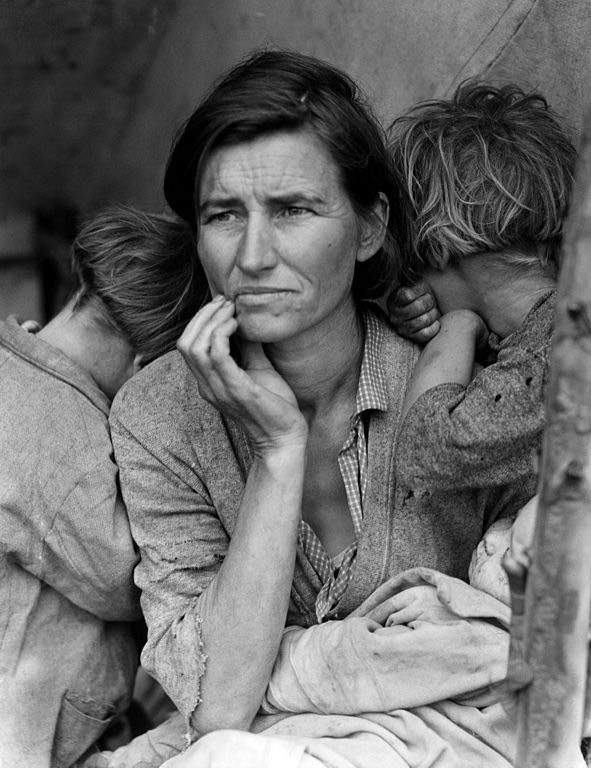
Again, each photograph tells a story. The sailor cannot contain his joy that the war is over and grabs the nearest pretty girl and kisses her. The mother is destitute, living in a tent, with two little kids, and doesn’t know where she’ll get their food.
Even music tells stories. They can be overt, as in the case of the many songs that tell a story. Or they can be more abstract, as in a symphony. Beethoven’s Fifth tells the story of man’s struggle with fate; his Sixth tells about the beauty, power, and resilience of nature.
All of this, I think, serves to support my belief that the story is one of the fundamental data structures in the brain. To put it another way, our brains can’t help but organize our experiences into stories. You can see the art in these images ONLY when you perceive the story behind them.
